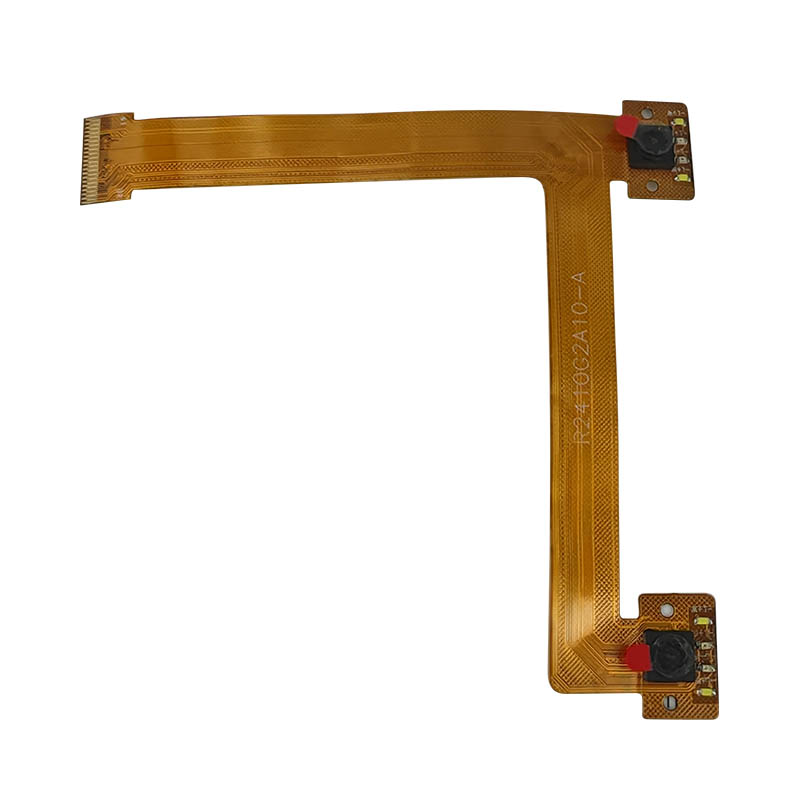

In the design of cameras, the interface type plays a vital role. Today we are going to introduce DVP Camera and MIPI Camera. Let's explore the differences between them in detail to better understand their role and applicability in camera technology.

First, let's learn about DVP Camera. The DVP (Digital Video Port) interface is a digital video interface standard designed to transmit and receive digital video data. It is a relatively simple and affordable interface that is widely used in low-cost cameras and some consumer electronics. The DVP interface usually uses multiple parallel data lines to transmit video and control signals, where each line is responsible for transmitting a specific data bit. This parallel transmission method can achieve higher bandwidth and lower latency, and is suitable for application scenarios with high real-time requirements.
MIPI Camera is a mobile processor interface. Because it was initiated by the MIPI Alliance, it is named the MIPI interface. It belongs to a standard mobile application processor interface mode, which can be used on mobile devices such as cameras, displays, basebands, and radio frequency interfaces. The mipi interface can swing in high-speed data transmission mode, and is tailored for power-sensitive applications.
It is highly flexible and low-cost, effectively reducing design complexity, power consumption and EMI, and has higher performance and smaller physical size. The dvp interface uses the LVDS (Low Voltage Differential Signaling) electrical interface standard, while the MIPI Camera uses a more advanced low-voltage differential signal transmission technology. This differential signal transmission technology can effectively reduce signal interference and power consumption, and improve the reliability and stability of data transmission. In addition, the mipi interface also supports more data formats and functions, such as physical layer extensions, image signal processing, and camera control commands. The dvp interface is usually used in some low-cost and relatively simple application scenarios, such as some traditional monitoring systems, low-resolution cameras, and some old consumer electronics products. Due to its low cost, the dvp interface has been widely used in some price-sensitive markets.
MIPI Camera has been widely adopted in the field of high-performance and high-resolution cameras. Smartphones are a typical example. Due to the small size, high bandwidth and low power consumption of the mipi interface, it can meet the requirements of mobile phone cameras for small size, high image quality and high frame rate. In addition, the mipi interface also supports some advanced functions, such as phase focus, HDR (High Dynamic Range) and real-time video transmission.